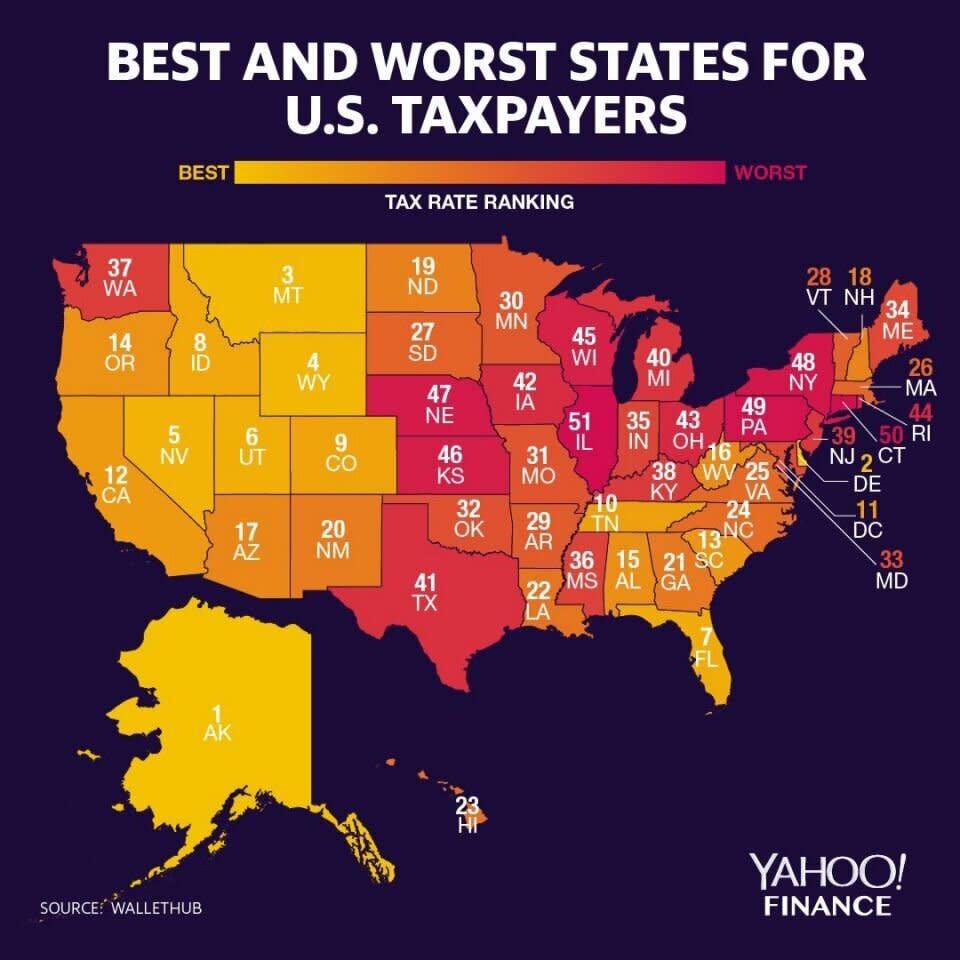American taxpayers paid over $90 billion more under Trump tax law
Despite the majority of Americans receiving a tax cut, the IRS pulled in an additional $93 billion for 2018 from taxpayers on individual income taxes than it did for 2017, according to new data from the IRS. This is in part thanks to the Treasury Department processing 1.5% more individual returns for 2018 than 2017.
After the passage of Tax Cuts and Jobs Act (TCJA), the IRS encouraged taxpayers to update their withholdings, but few did. More than halfway through 2018, after the law took effect, the Government Accountability Office (GAO) warned that more Americans would owe money to the IRS under the new law while those receiving refunds would decrease. In the end, many Americans saw modest increases in their paychecks throughout the year, but didn’t notice.
Instead, as people filed, many bemoaned getting smaller-than-anticipated refunds or even being hit with a “surprise” tax bill.
The IRS collected $1.97 trillion in gross collections (the amount before refunds) for 2018. That figure stood at roughly $1.87 trillion for 2017. Refunds did increase this year — but not by much. The IRS refunded about $398 billion to taxpayers for 2018. For 2017, it was roughly $386 billion.
And after refunds, the IRS collected about $93 billion more from individual American taxpayers than it did in 2017. Interestingly, that number stands close to the tax break amount that corporations received from the TCJA in 2018. Last year, big businesses paid $91 billion less in taxes than they had in 2017, prior to the new law’s passage.

A bumpy ride
As Americans were being surprised about their tax bills, approximately 40 Democrats in the Senate criticized the Treasury Department for manipulating withholding tables to make it appear as if Americans had received a windfall.
“It looks like the Trump Treasury Department spent 2018, an election year, goosing people’s paychecks by under-withholding, and it should have been obvious that the bill would come due eventually,” Senate Finance Committee Ranking Member Ron Wyden (D-Ore.) said in a statement.
Senate Minority Leader Chuck Schumer (D-N.Y.) also slammed the administration over its tax policy: “Many Americans depend on their tax refund to pay bills and make ends meet – but this tax season, working families will see smaller than expected returns and surprise tax bills because the Trump administration used smoke and mirrors in a shallow attempt to exaggerate the impact of their tax law on middle class families for political reasons.
At first, refunds on average were down a staggering 17%, before slowly creeping upward and remaining relatively flat. According to the most recent statistics from the IRS, by the beginning of May, individual income tax returns on average were down 1.6% when compared to the year prior. (And as always, some states are better than others for taxpayers.)

‘Those in the top 1%... got an average tax cut of about $33,000’
According to analysis from the Tax Policy Center, 65% of Americans received a tax cut from the Tax Cuts and Jobs Act (TCJA) while roughly 6% paid more. And the law, passed in December 2017, was widely criticized as a boon for the wealthy and large businesses which saw their corporate tax rate drop from 35% to 21% last year.
The center noted: “The lowest income households (those making less than about $25,000) got an average tax cut of about $40. Middle-income households (who made between about $48,000 and $86,000) paid about $800 less. Those in the top 1%, who made $733,000 or more, got an average tax cut of about $33,000.”
Kristin Myers is a reporter at Yahoo Finance. Follow her on Twitter.
Read more:
Corporations paid $91 billion less in taxes in 2018 under Trump's tax law
Not just Amazon: 60 big companies paid $0 in taxes under Trump law
Amazon will pay $0 in taxes on $11,200,000,000 in profit for 2018
Trump’s ‘tax scam’: Some taxpayers get unwelcome surprise after filing returns
Read the latest financial and business news from Yahoo Finance
Follow Yahoo Finance on Twitter, Facebook, Instagram, Flipboard, LinkedIn, YouTube, and reddit.
